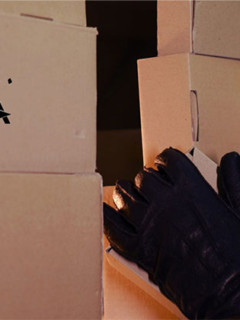The procurement of goods and services is part of every company’s daily business. Office supplies, tools, raw materials and packaging, but also services must be available at the right time and in the right quantity. If there are difficulties in procurement, subsequent processes, or in the worst case, production, come to a standstill. While it is part of everyday life to shop in online shops, orders in the business environment are often still placed in a decentralised and non-standardised manner via telephone or email, sometimes even in paper form, detached from the respective ERP system. This creates an enormous administrative effort and devours unnecessary resources throughout the company. E-procurement systems help to prevent this. Here you can find out how this works in detail.
Contact RAJA’s e-procurement experts directly: e-procurement@rajapack.deWhat is e-procurement
Electronic procurement, or e-procurement for short, is the purchase of goods or services using electronic (IT) systems, via digital channels such as the Internet. This is primarily relevant in the B2B sector, as it involves ordering goods between companies; e-procurement is, so to speak, online trading for the B2B sector.
Modern communication methods are combined with classic procurement in e-procurement and the associated processes are managed and handled digitally/electronically. The electronic processing of orders is called e-fulfilment. Before digitalisation, many individual steps were necessary in the company to order goods; today, the complete process can be shortened by many steps. In the past, the demand had to be determined first, then the budget had to be checked, the offers had to be compared, order letters had to be drawn up and finally the receipt of goods had to be checked and archived. These individual stages of procurement can now be automated in many cases and started at the touch of a button. E-procurement and fulfilment can often be realised with just one software solution in the form of an ERP.
How does e-procurement work?
All previously paper-based process steps in procurement are mapped digitally: Quotation, approval process, transaction, tracking, payment and reporting – the system includes at least order processing, but is usually supplemented by approval and order processing. The customer and supplier are connected electronically and exchange order information directly between their systems.
There are 2 ways to distinguish e-procurement systems:
1. differentiation according to the type of user connection.
Closed systems that are limited to two business partners. Only 2 companies connected via the system can communicate and transact business. Other companies are excluded. This architecture offers a very large scope of services and is worthwhile if an extensive need for central products is to be covered in the long term via one supplier.
Semi-open systems, usually from larger retailers, which offer customers a portal for purchasing goods. Semi-open systems are designed as buy-side or sell-side systems.
Open systems are so-called many-to-many solutions. In an open e-procurement system, the catalogues of different suppliers are integrated. In these systems, both procurement and supplier systems are mixed. Manufacturers can offer their goods and buyers can indicate their needs at the same time. The marketplace is then usually regulated by a third party. They are mainly used for goods that are used infrequently and irregularly.
2. differentiation by operator
Sell-side systems, also known as supplier systems, as the initiative of e-procurement comes from the supplier. He provides the necessary purchasing platform that customers can use for procurement. The supplier determines both the range of goods and the prices. The supplier is also responsible for the creation and maintenance of the platform, but the buyer side is not able to compare offers. The advantage of sell-side solutions is primarily that the supplier can present his products optimally and integrate specific functions (e.g. a guided product configuration or compatibility check).
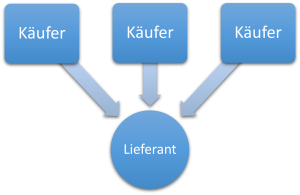
Buy-sidesystems, also known as procurement systems, where the buy-side provides a system. Here, special requirements of the buying side can be optimally covered (keyword access rights and billing). The buyer defines the conditions, such as prices and purchase quantities. For this to happen, however, there must be a corresponding degree of market power. If, for example, large industrial companies have a need for spare parts, this need can be put out to tender via the e-procurement system. Different suppliers then have the opportunity to win the bid through the system. The main advantage of buy-side solutions is that the rules for the procurement process are mapped once and independent of suppliers and are available in the company’s own system, as is all process data.
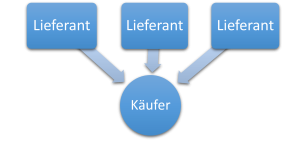
Many-to-many systems in the form of electronic marketplaces. In the marketplace approach, a third party provides the system and charges for it. The buyer and supplier must then connect to this system. Since several participants use the marketplace, the costs go down and the buyer can compare the prices of the suppliers.
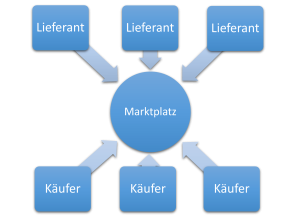
To make this digital leap, businesses need viable solutions that are easy to implement and use.
E-procurement solutions at RAJA
With www.rajapack.de, RAJA offers a one-stop shop for warehouse management and shipping with its extensive product range, with an e-procurement solution tailored to the respective needs that sustainably digitalises procurement. This is implemented through integration into the respective order handling processes, which simplifies the purchasing process while providing transparency and cost monitoring. RAJA offers various e-procurement solutions depending on requirements:
- entry friendly solution
- private access for each user
- personally defined product range always available
- Individually definable authorisation structures
- roles assigned individually according to user
- Cost centre allocation per order
- Specially created workflows optimise the process
- Self-definable delivery/invoice address structure
- Secure payment by invoice
What are the advantages of e-procurement?
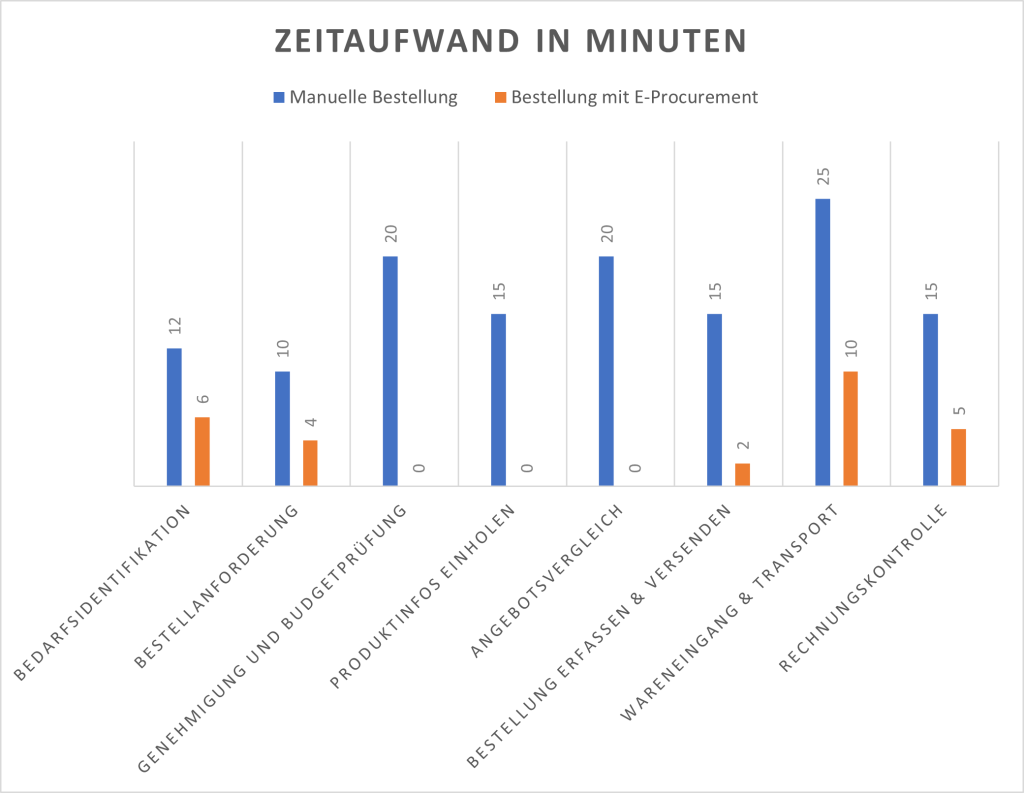
The standardised digital processes free up employees’ time for other tasks, which in turn increases the company’s efficiency. Purchasing becomes more flexible, as sources of supply can be accessed online around the clock. Especially for larger companies, e-procurement offers the opportunity to save personnel costs and to significantly shorten the time between ordering goods, delivery and, depending on the company’s orientation, resale. Thus, e-procurement is particularly suitable for online retailers whose customers usually rely on a high availability of goods and fast delivery.
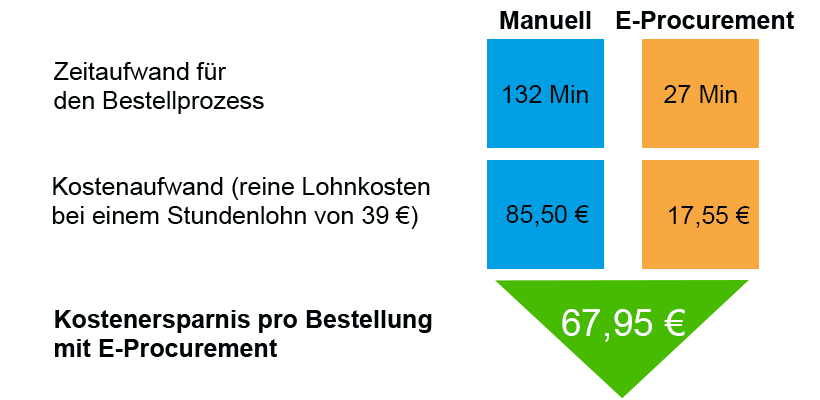
The online marketplace mercateo, where the RAJA product range can also be found, offers an online process cost calculator where you can work out the individual savings through an e-procurement solution https://www.einsparpotenziale-entdecken.de/[/su_service]
Conclusion: e-procurement pays off
E-procurement is worthwhile because costs can be reduced considerably, thus increasing efficiency in the company. With e-procurement systems, requirements are bundled and the organisational effort is reduced to a minimum. According to the German Association of Materials Management, Purchasing and Logistics (BME), process costs can even be reduced by an average of 30 per cent with end-to-end electronic procurement processes. It does not always have to be an elaborate system, as has been shown, an e-procurement solution can already be implemented with simple means.
Contact us: e-procurement@rajapack.de!













